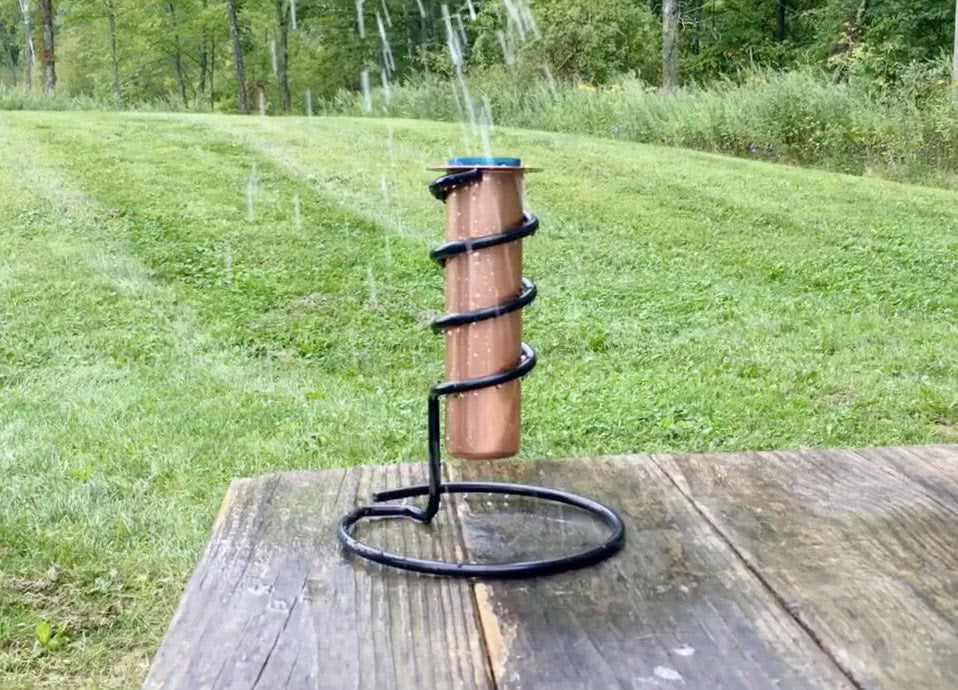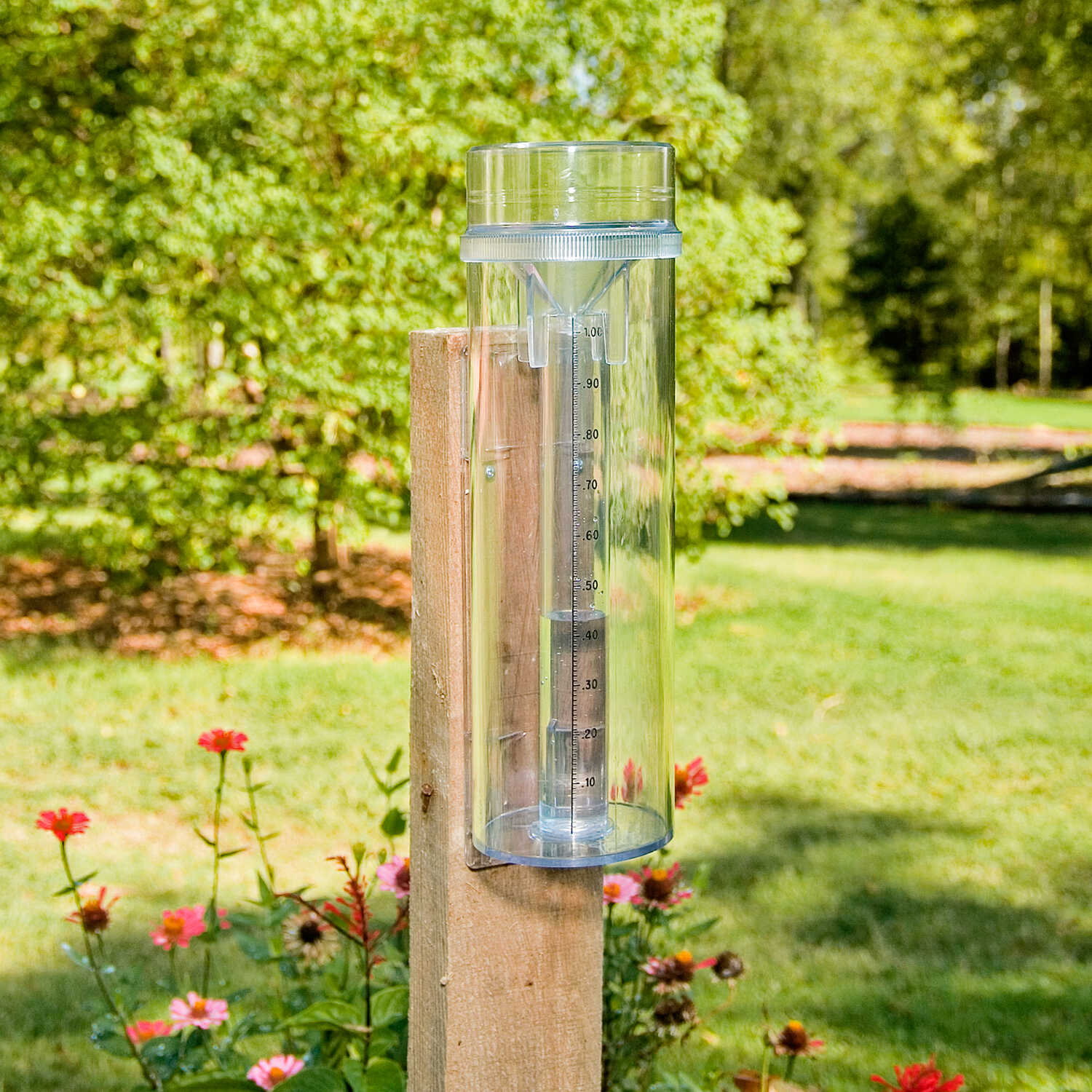The Rain Gauge: Necessary Details and Finest Practices for Weather Condition Lovers
The Rain Gauge: Necessary Details and Finest Practices for Weather Condition Lovers
Blog Article
Understanding Rainfall Scale Dimensions: A Total Overview
Comprehending Rainfall Gauge Measurements: A Total Overview is a thorough source for anybody looking for a much deeper understanding of rainfall scale dimensions. Whether you are a professional in the field or just have an inquisitiveness regarding rainfall measurement, this guide will equip you with the knowledge needed to properly make use of rain scale measurements.
The Significance of Rain Gauge Measurements
The importance of rain gauge measurements exists in their function as a vital tool for properly assessing and monitoring rainfall degrees - The Rain Gauge. Rainfall scale measurements provide beneficial data that aids hydrologists and meteorologists comprehend patterns and patterns in rainfall, which subsequently aids in numerous fields such as agriculture, water source administration, and environment research

Precise rainfall measurements are vital for farming as they help in figuring out irrigation demands, plant growth, and return predictions. Farmers count on this information to make educated decisions concerning when to water their crops, preventing water waste and guaranteeing optimum crop health. Furthermore, rainfall data aids in assessing the effect of droughts or too much rainfall on crop manufacturing, making it possible for farmers to take ideal steps to reduce losses.
Water resource management greatly relies upon rain scale measurements to establish the quantity of water readily available in lakes, reservoirs, and rivers. Exact dimensions allow water supervisors to make informed decisions concerning water allowance and distribution, ensuring lasting use and avoiding scarcities. This information is especially essential in areas where water shortage is a pressing problem.
Furthermore, rainfall scale dimensions play an important function in climate research study. By precisely gauging rains over prolonged periods, scientists can assess long-term environment patterns and determine changes in rainfall patterns because of environment adjustment. This information aids policymakers and researchers create strategies to adjust to and mitigate the impacts of climate adjustment.
Sorts Of Rainfall Gauges
There are various sorts of rainfall determines used to gauge precipitation accurately. Each kind has its own advantages and restrictions, making them ideal for different objectives and environments.
One of the most common sort of rainfall scale is the typical round scale. It contains a round container with a vast funnel-shaped top to accumulate rain (The Rain Gauge). The water is after that channelled right into a graduated gauging tube, permitting exact dimension of the amount of rainfall
Another kind is the considering rain scale. Weighing rain assesses are particularly useful in locations with icy precipitation or heavy rains, as they are not impacted by splashing or dissipation.
Tipping bucket rain evaluates employ a device that suggestions a little bucket each time it gathers a details amount of rain. The variety of tips is recorded and used to calculate the rainfall. This kind of scale is frequently used in automated climate terminals as a result of its low maintenance needs and capability to give real-time information.
Lastly, there are radar-based rain determines that use radar modern technology to estimate rainfall. These determines determine the intensity of rains in a details location by analyzing the reflected radar signals. They are specifically useful for determining rainfall over big areas or in remote locations.
Exactly How Rain Scale Measurements Job
Rain gauge dimensions are based on the principle of gauging the quantity and accumulating of precipitation. These instruments are created to capture rainwater and supply view an accurate measurement of the rainfall in a particular location.
One of the most typical kind of rain scale is the typical cylindrical scale. It is composed of a round container with a broad opening on top to collect rain. The collected water is after that channelled right into a measuring tube, which is calibrated to provide the measurement in units of size, commonly millimeters or inches.
Another kind of rain scale is the tipping bucket scale. When they get to a certain weight threshold, it utilizes a seesaw-like device with 2 pails that tip. Each suggestion of the pail represents a particular volume of rainfall, permitting for accurate dimensions.
Some innovative rainfall assesses are equipped with digital sensors that instantly record and transmit data. These sensors utilize various modern technologies such as ultrasound or laser to determine the quantity of rainfall accurately.
Factors Impacting Rain Gauge Precision
Environmental elements such as wind, temperature, and climatic pressure can substantially affect the accuracy of rain gauge measurements. Adjustments in climatic pressure can additionally impact the precision of rain scale measurements, as they can alter the price at which rains is accumulated.
Functional variables, on the various other hand, refer to variables associated with the style, installation, and maintenance of the rain gauge. The placement of the rain gauge in an area with blocked airflow or near structures or trees can result in inaccurate analyses as a result of obstruction or splattering of rainfall. Inappropriate calibration or uneven maintenance of the rainfall scale can also influence its precision.
To make sure the accuracy of rain scale dimensions, it is necessary to take into consideration these variables and take suitable procedures. This might entail selecting an ideal location for the rain gauge, ensuring proper setup and maintenance, and consistently adjusting the tool. By addressing these navigate to this site elements, reliable and exact rainfall dimensions can be obtained, which are important for numerous applications such as weather condition forecasting, hydrological research studies, and farming.
Tips for Properly Determining Rainfall
To make sure specific rains measurements, it is critical to implement details techniques and methods when utilizing a rain scale. Right here are some suggestions for accurately determining rainfall:
Appropriate Placement: Put the rainfall scale in an open location, away from trees, structures, and other blockages that may disrupt the rainfall collection. It should be placed on a level surface area to stay clear of water merging or overflow.

Check Out the Range Correctly: When taking dimensions, read the water degree at eye level from the base of the meniscus. Prevent parallax errors by aligning your sight straight with the water level.
Consistent Time Interval: Establish a constant time interval for gauging rainfall, such as every 24 hr or after each rainfall occasion. This makes sure accurate tracking and contrast of precipitation information.
Record Measurements Without delay: Tape-record rainfall dimensions immediately after collection to stop evaporation or spillage. Utilize a rain scale with a built-in data logging feature for automatic recording.
Conclusion
In conclusion, understanding rain scale dimensions is crucial for properly gauging rainfall. Different types of rain evaluates are readily available, each with their own advantages and constraints. It is very important to take into consideration factors that can affect the precision of rain gauge dimensions, such as placement, wind, and evaporation. By adhering to visit the website the pointers provided, one can make sure a lot more specific and reliable rains measurements.
Understanding Rain Gauge Dimensions: A Total Overview is an extensive source for anybody looking for a deeper understanding of rain scale measurements. Whether you are a specialist in the area or simply have a curiosity about rainfall measurement, this overview will furnish you with the understanding needed to effectively make use of rainfall gauge dimensions.
The most common type of rain gauge is the basic round scale.The most common type of rain scale is the conventional round gauge.An additional type of rain gauge is the tipping pail scale.
Report this page